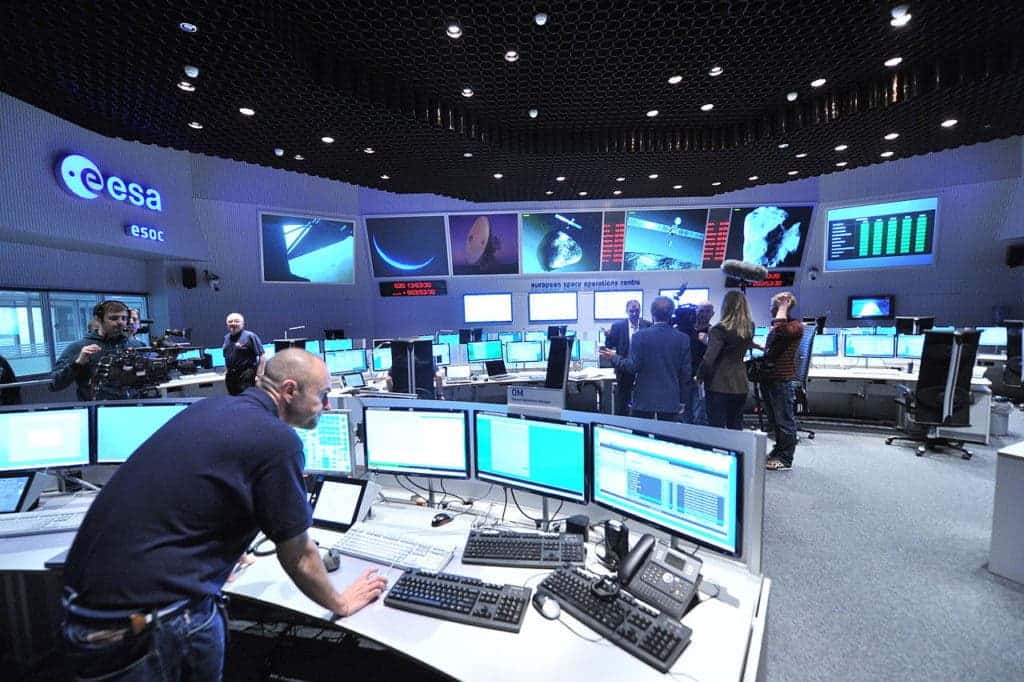It’s good news for space exploration: the European Union decided to increase the budget of its space agency. However, most of this extra money won’t go into “boldly going where no man has gone before” but will rather be invested into navigation, technology support and space situational awareness.

Main Control Room / Mission Control Room of ESA at the European Space Operations Centre (ESOC) in Darmstadt, Germany. Image credits: ESA.
NASA’s budget woes are a secret to no one, although the space agency did secure an impressive budget in 2016 — over $19 billion. But NASA isn’t the only space agency out there. Five other government space agencies have full launch capabilities and are all conducting valuable research: the Indian Space Research Organisation (ISRO), the European Space Agency (ESA), the China National Space Administration (CNSA), the Japan Aerospace Exploration Agency (JAXA) the Russian Federal Space Agency (Roscosmos). Although none of these can rival NASA in resources, Roscosmos and the ESA still get significant funding and have consistent accomplishments.
The ESA money basically comes from the European Union. There were some concerns regarding Britain’s proposed exit of the European Union, but ESA Director-General Jan Woerner stressed that Brexit will have little or no effect on Britain’s participation in the ESA.
Much of the funding will be dedicated to managing Galileo and the Copernicus Earth observation network, for which new satellites are scheduled to launch in the coming months. Copernicus is one of the most ambitious Earth observation programmes to date. Its goal is to provide “accurate, timely and easily accessible information to improve the management of the environment, understand and mitigate the effects of climate change and ensure civil security.” With the Trump administration being very vocal against such programs, Europe’s role becomes even more important and Copernicus might bring some much needed data in a world struggling to meet the Paris Agreement goals.
Another notable element in ESA’s budget is the extra 400 million euros ($430 million) injected into the Euro-Russian ExoMars exploration program which strives to find clear evidence of life on Mars. The mission will search for biosignatures of Martian life, past or present, employing several spacecraft elements to be sent to Mars on two launches, with a launch scheduled for 2020.
Here are just a few of the ESA’s most impressive accomplishments (or plans) from 2016:
- European Space Agency releases map of continent’s urban footprint
- How the European Space Agency plans to build a village on the Moon
- British Astronaut runs London Marathon from space
- Gravity wave breakthrough imminent as NASA and ESA set up unique experiment
- Europe launches laser-equipped satellite to transmit data – 100 times faster than the internet
- First stars formed much later than we thought
- The Universe expands much faster than we thought
- The Milky Way, as you’ve never seen it before









